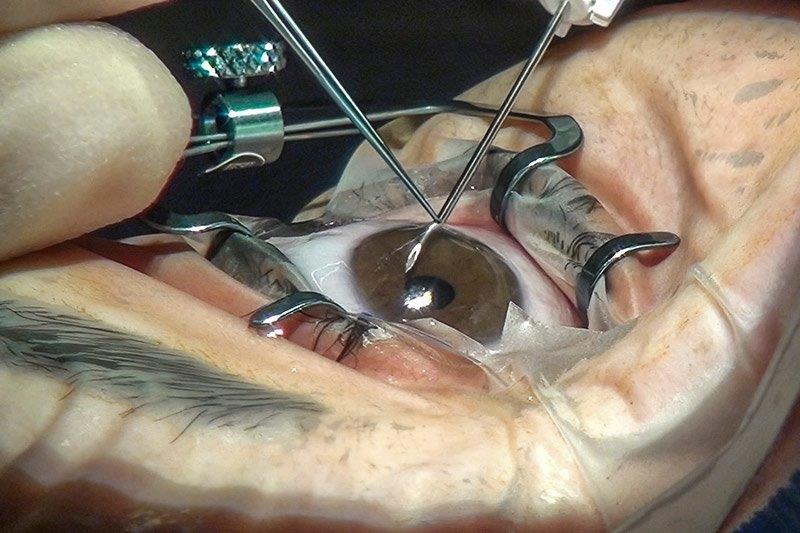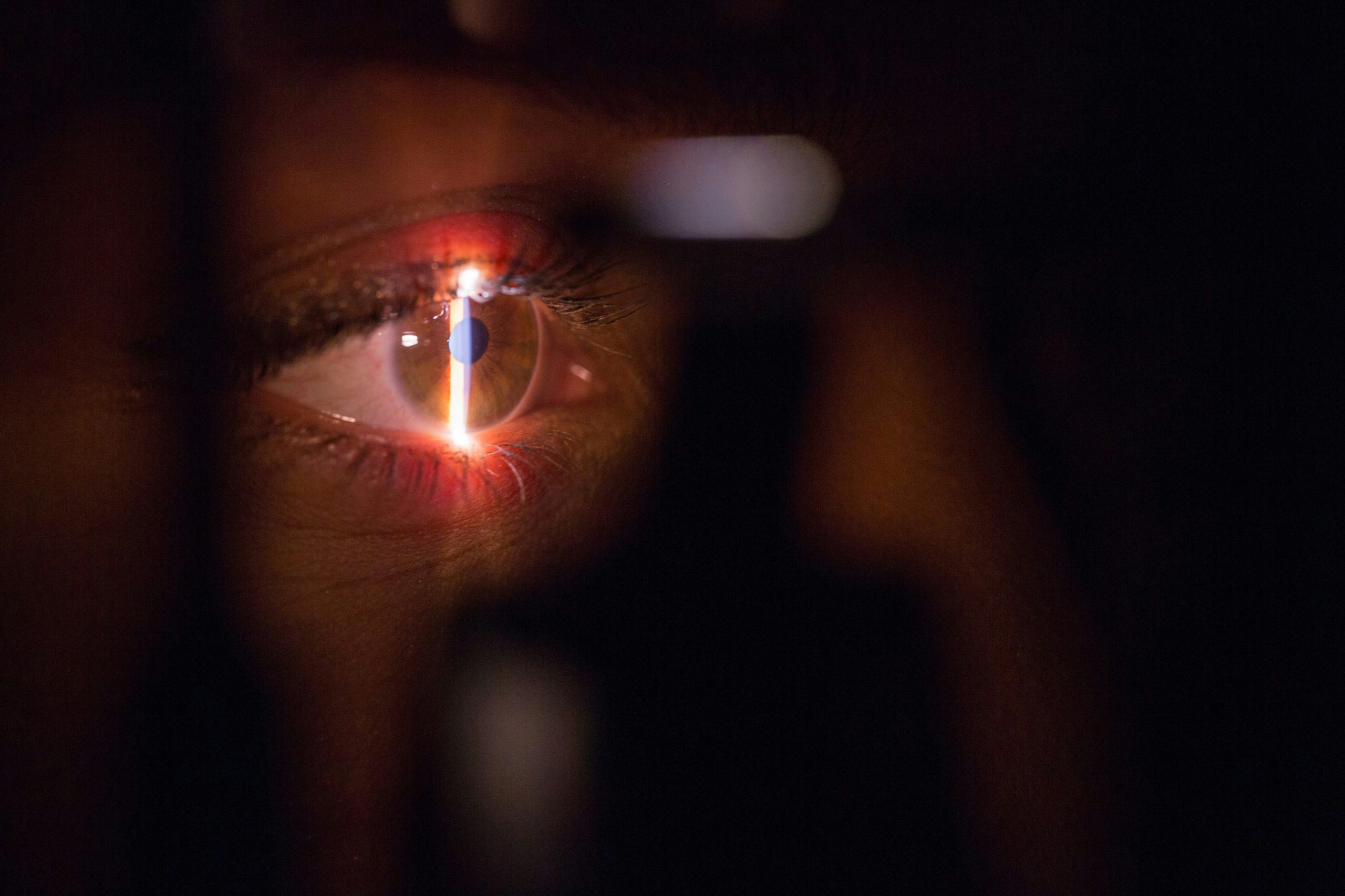A Minimally Invasive Option for Glaucoma and Ocular Hypertension
MicroShunt devices, such as the InnFocus MicroShunt (now known as the PRESERFLO MicroShunt), represent a minimally invasive surgical approach to managing intraocular pressure (IOP) in glaucoma and ocular hypertension. These tiny, 8 millimetre long flexible tubes are designed to drain excess fluid from inside the eye, lowering IOP by redirecting it to a safer drainage area. The MicroShunt is made of biocompatible material. That means it is less likely to trigger scarring, making it a promising alternative to traditional surgeries like trabeculectomy.
Success Rate and Efficacy of the MicroShunt
Research on the PRESERFLO MicroShunt has shown it to be highly effective in reducing IOP long-term. Studies report IOP reductions averaging around 30% to 40%. These reductions provide significant pressure relief for those with moderate to severe open-angle glaucoma. Clinical trials also suggest that the MicroShunt may help some patients reduce or eliminate their reliance on daily eye drops, offering a long-lasting solution with fewer medications.
The Treatment Procedure
The procedure is typically performed under local anesthesia, so you’ll be awake, but your eye will be numb to prevent any sensation. Numbing eye drops will be administered, followed by a small injection around the eye. The injection may cause brief pressure and mild discomfort. This local anesthesia lasts several hours, temporarily affecting your vision. If you prefer, you can request a sedative or general anesthesia to be fully asleep during surgery.

To enhance the surgery’s success, an anti-scarring medication called mitomycin C is applied. The surgeon will make a small opening in the conjunctiva, the thin membrane covering the white part of the eye, to insert the MicroShunt. The conjunctiva is then closed with one or two stitches, which may dissolve on their own or be removed later. The entire procedure typically takes around 35 to 45 minutes.
After Surgery
You can go home once you’re comfortable. Your eye will be protected with a plastic shield, which can be removed the morning after surgery. Until then, no eye drops are needed.
The morning after, gently clean the eye with the solution provided by the nurse. Aditionally, begin using the prescribed post-operative eye drops. Follow-up appointments are usually scheduled for the day after surgery, one week later, and then again after a month to monitor healing and eye pressure. Additional visits may be arranged as needed to ensure a smooth recovery and optimal results.
Safety and Side Effects
As with any surgical intervention, the MicroShunt carries some risks. Common side effects include mild discomfort, temporary eye redness, and inflammation immediately after the procedure. In rare cases, patients may experience a postoperative IOP spike or an infection. However, the MicroShunt’s design minimizes the risk of scarring, which is a major complication in traditional glaucoma surgeries.
The Preserflo will not cause an allergic reaction, it won’t be rejected by the body and will not disintegrate with time. As it is not metallic, it will not set off airport scanners and is safe if you need to have an MRI or CT scan.
Repeatability of MicroShunt
The MicroShunt is designed for long-term IOP control, and early studies show that it maintains efficacy over several years. While repeat surgeries are generally unnecessary due to its lasting impact, the device’s minimally invasive nature allows for additional treatment if needed. Long-term studies are ongoing, but current data suggest the MicroShunt is a durable and effective option.
Is MicroShunt Right for You?
The MicroShunt offers a safe, effective, and minimally invasive treatment for glaucoma and ocular hypertension, particularly for those who require consistent IOP reduction. For patients seeking a low-maintenance approach, this device provides a promising alternative to more invasive procedures.
Remember, no glaucoma treatment can restore lost vision. However, various options are available to help preserve your remaining vision for as long as possible. Consult your doctor and see what’s the best treatment for you.

